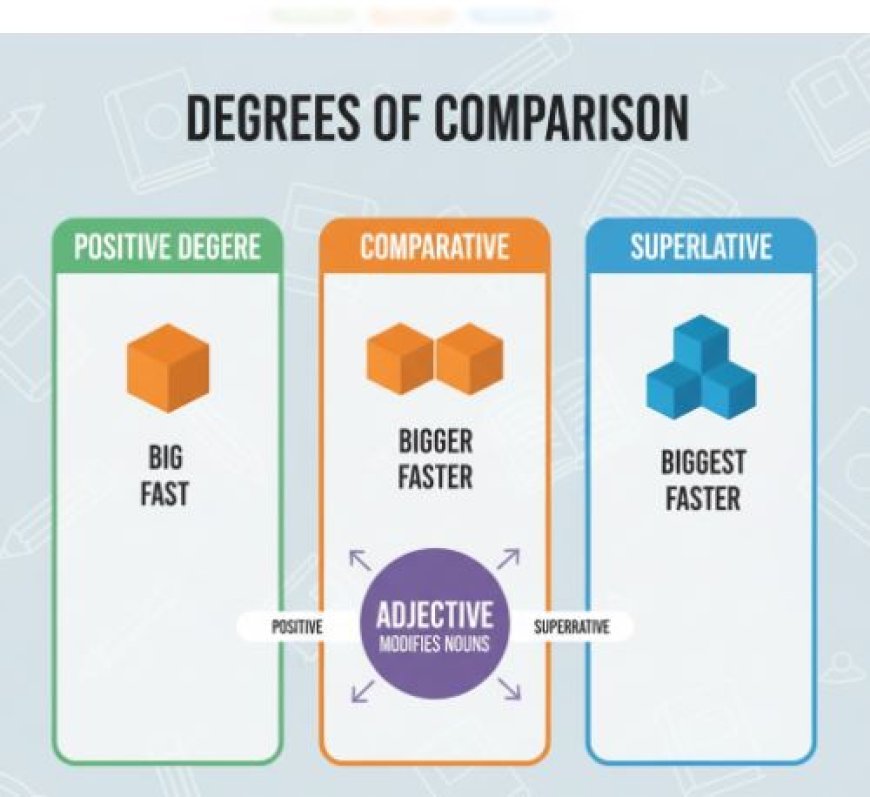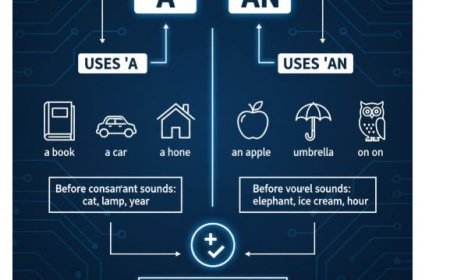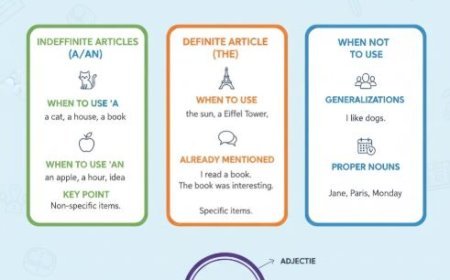DEGREES OF COMPARISON
Degrees of comparison are a way to show intensity in adjectives and adverbs. pen_spark

DEGREES OF COMPARISON
In the vast landscape of language, degrees of comparison act as bridges, allowing us to compare qualities between nouns or adjectives.
- Positive degree: This is the first rung, describing something without comparing it. (e.g., This cake is sweet.)
- Comparative degree: Climb one rung to compare two things using "er" for one-syllable adjectives or "more/less" for others. (e.g., This cake is sweeter than the other one.)
- Superlative degree: Reach the top rung to compare three or more things, using "est" or "most/least". (e.g., This cake is the sweetest of all.)
- One-syllable adjectives: Add "er" for the comparative and "est" for the superlative. (e.g., big-bigger-biggest, fast-faster-fastest)
- Two-syllable adjectives ending in -y: Change the "y" to "ier" and "iest" for comparative and superlative, respectively. (e.g., happy-happier-happiest, funny-funnier-funniest)
- Most two-syllable and longer adjectives: Use "more/less" for the comparative and "most/least" for the superlative. (e.g., important-more important-most important, delicious-less delicious-least delicious)
- Irregular adjectives: Have unique forms for each degree (e.g., good-better-best, bad-worse-worst, far-further-farthest)
Examples
- The older brother gave advice to the younger one. (Comparative)
- Of all the athletes, she was the fastest runner. (Superlative)
- The lecture was more informative than the previous one. (Formal comparative)
- This city is the least polluted in the region. (Superlative with "least")
What's Your Reaction?



































